Jump to:
Deciding to start a garden can be daunting. With the right planning and timeline, however, it can be the beginning of a lifetime passion. So, are you ready to spare a few hours of your daily routine for gardening? In this journey, we’ll provide insightful tips to pave the way for a thriving garden. Whether you have a green thumb or are a complete novice, we’ve got you covered.
1. Choosing the right location
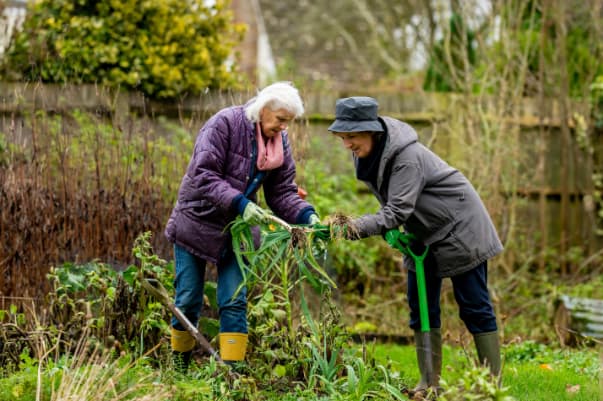
Sunlight, soil quality, and drainage are key factors that can make or break your green endeavour. Adequate sunlight is essential for the photosynthesis process. Ideally, choose a spot that receives at least six hours of direct sunlight daily. Observe the site throughout the day to ensure it meets this criterion.
Assess the soil quality by considering its texture, composition, and nutrient levels. Simply grab a handful of soil and squeeze it. If it crumbles easily, it’s sandy; if it holds its shape, it’s clayey. A loamy texture is ideal. Consider investing in a soil testing kit to check pH levels and nutrient content.
Also, keep in mind that different plants have varying soil preferences. Understanding your soil’s characteristics will guide your plant selection. Begin by observing its texture and drainage. Choose plants that thrive in your specific soil type, whether sandy, loamy, or clayey.
Top tip: For sandy soil, consider succulents, lavender, or rosemary. Opt for tomatoes, beans, or sunflowers in loamy soil. In clayey soil, thrive with asters, daylilies, or hostas.
2. Selecting the best plants
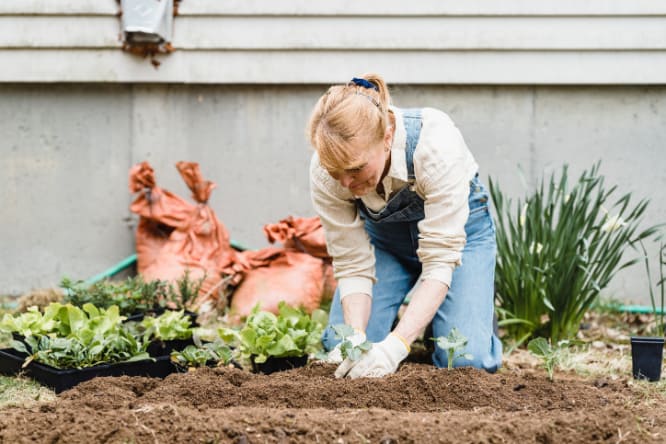
As a beginner gardener, choose plants that match your skill level. Moreover, the green varieties should also thrive in your specific conditions. Start with easy-to-grow plants such as marigolds, pansies, or zinnias. These are perfect for cultivating confidence in nurturing green life.
Consider the local climate. This ensures your chosen plants can withstand temperature variations and seasonal changes. Next is to assess your available space. Opt for plants that fit your garden’s dimensions and won’t outgrow their surroundings. Consider compact options like dwarf sunflowers, cherry tomatoes, or petunias for limited spaces. Alternatively, go for container-friendly herbs like basil or mint.
Finally, factor in personal preferences. Are you drawn to vibrant flowers, aromatic herbs, or low-maintenance succulents? If you love colour, go for vibrant flowers like geraniums. For fragrance, opt for aromatic herbs such as lavender. If low maintenance is key, succulents like aloe vera or sedum are excellent choices.
3. Essential tools and supplies
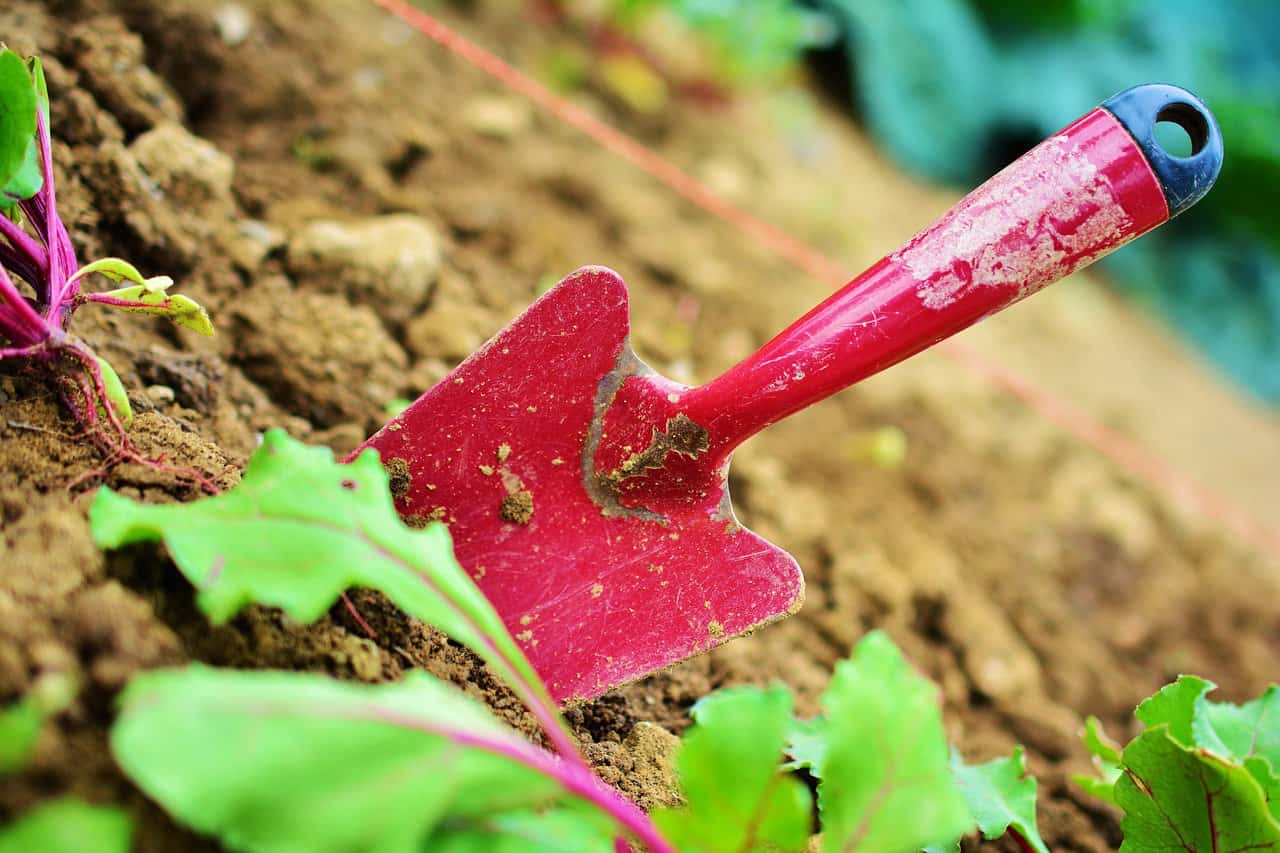
Equipping yourself with the right tools is fundamental for a successful gardening venture. Beginners should start with tools like a sturdy trowel, pruners, and a watering can. These basics will cover planting, pruning, and watering needs.
Understanding proper tool usage is key. Use the trowel for precise planting and pruners for careful trimming. Dig holes at the right depth, and use pruners with a clean, angled cut for careful trimming. Regular maintenance, such as cleaning and sharpening, ensures longevity and efficiency.
Embrace these tools as companions in your gardening journey. Their proper care will guarantee a seamless and enjoyable experience. This, in turn, will enable you to cultivate your garden with ease and precision.
4. Watering and maintenance
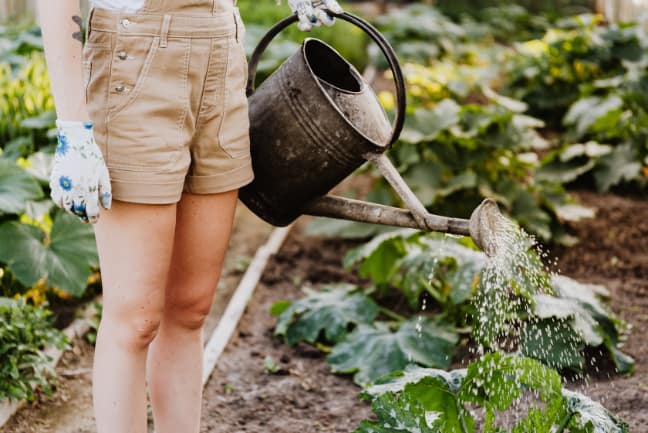
Watering your garden effectively is pivotal for plant health. Choose between watering cans for targeted precision or hoses for broader coverage. A watering can is ideal for potted plants and smaller areas. Meanwhile, a garden hose pipe is suitable for larger gardens. It’s best for watering multiple plants simultaneously.
Water in the morning to minimise evaporation, focusing on the base of plants. Direct water at the base of plants penetrates the soil and reaches the roots. This practice conserves water and promotes plant health, preventing shallow root growth. Be attentive to moisture needs. Adjust the frequency based on weather conditions, plant types, and soil characteristics.
For maintenance, regularly inspect your garden for weeds and remove them promptly. Weeding prevents competition for nutrients and sunlight. Take time to identify and address weeds before they can compromise the health of your garden.
Regularly prune dead or overgrown branchesweed. Use sharp, clean tools to trim dead or overgrown branches, promoting plant health. Weed by hand, such as with a weeding knife, or with appropriate tools like a hoe. Make sure you remove weeds at their roots to prevent regrowth.
Finally, implement natural pest control measures for a thriving, low-maintenance garden. Encourage beneficial insects like ladybugs and lacewings, which prey on pests. Plant pest-repelling herbs like basil and marigolds. Check your plants often for pests. Quickly fix any problems to maintain a healthy, low-maintenance garden.
5. Creating a sustainable garden
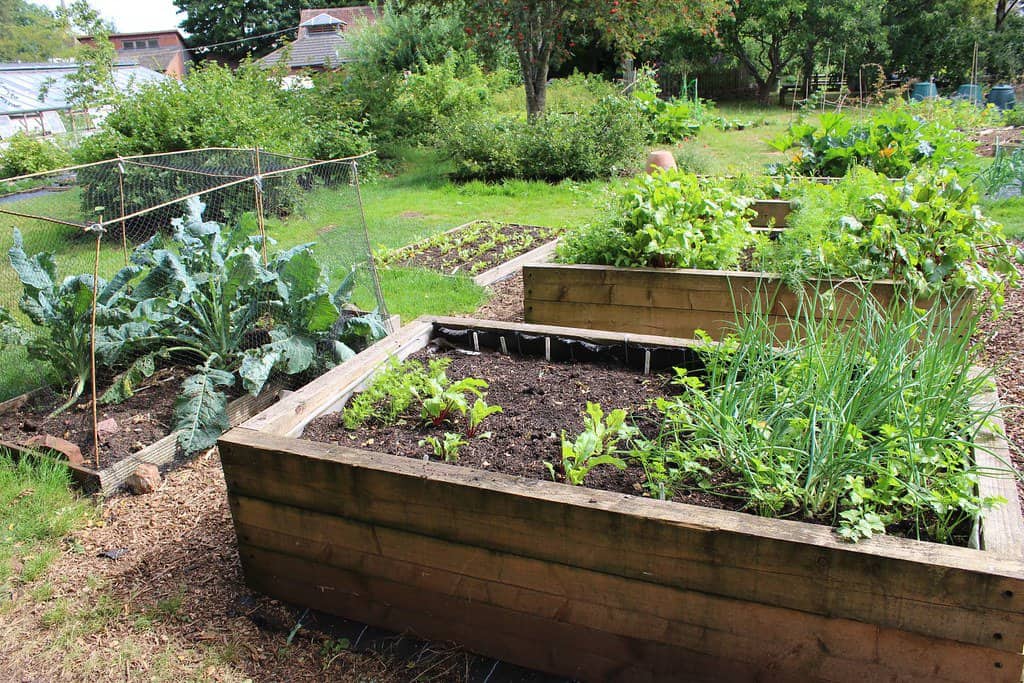
A sustainable garden is where your green oasis thrives and contributes positively to the environment. To begin, start composting using kitchen scraps and yard waste. This eco-friendly approach can turn into nutrient-soil additives, aiding optimal plant growth. Consider using a garden compost bin to speed up decomposition and keep pests at bay. Tuck it away in a metal bin store for a neat and discreet appearance in your garden.
Save water by using drip irrigation and collecting rainwater. Install a drip irrigation system to deliver water directly to plant roots. Set up rain barrels beneath gutters to collect rainwater. Both provide a sustainable water source, reducing the reliance on traditional water supplies.
Choose native plants well-suited to your region, promoting biodiversity and requiring minimal maintenance. You can never go wrong with coneflowers, black-eyed Susans, or yarrow. These varieties adapt well to local conditions and demand minimal maintenance.
Integrate companion planting to deter pests, reducing the need for harmful chemicals naturally. Pair basil with tomatoes to deter pests. Or plant marigolds around vegetables to repel nematodes. By using natural methods, you avoid harmful chemicals. Most importantly, you create a garden that is harmonious and resistant to pests.
Emphasise organic fertilisers to nurture your garden without compromising the ecosystem. Derived from natural sources, apply them by spreading a layer around the base of plants. Ensure proper dosage according to package instructions. This nourishes your garden sustainably, promoting healthy plant growth.
Let your garden showcase the beauty of mindful and eco-conscious gardening!
Round-up
By following these, your garden becomes a symbol of your commitment to sustainability. Keep in mind that success lies in 1.) adopting eco-friendly practices, 2.) selecting the right plants, and 3.) using essential tools. Let your garden inspire others to embrace nature-friendly choices and nurture a greener world!
Enhance your gardening experience with our available greenhouses for sale. Alternatively, explore our potting sheds for additional storage solutions. Visit Garden Buildings Direct for a wider selection!
Up next on your reading list: The Best Eco-friendly Plants to Grow in Your Garden










